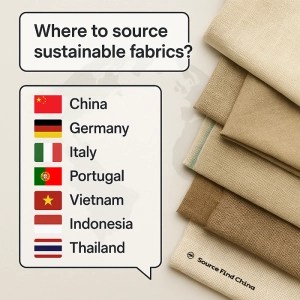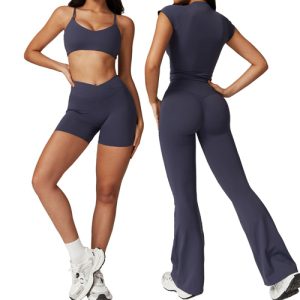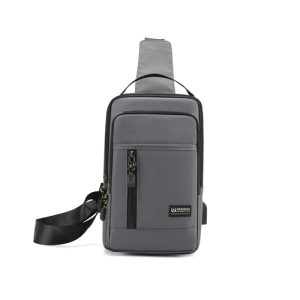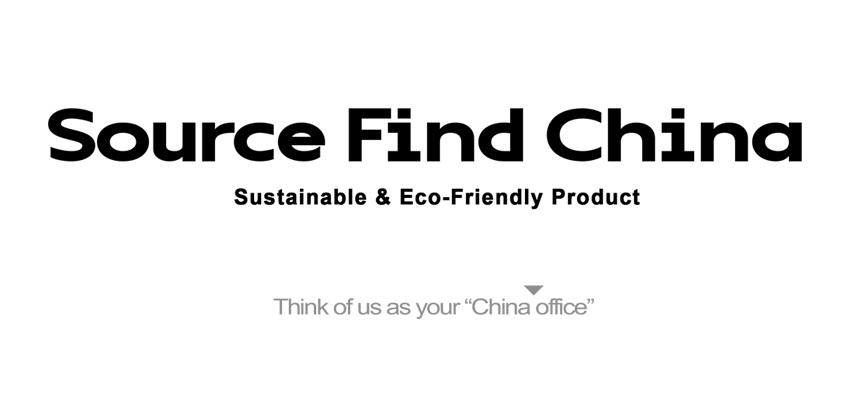Where to Source Sustainable Fabrics
China, Germany, Italy, Portugal, Vietnam, Indonesia, Thailand
Where to Source Sustainable Fabrics
China, Germany, Italy, Portugal, Vietnam, Indonesia, Thailand
With the dual push of stricter regulations and consumer upgrades, “sustainable fabrics” are shifting from being a bonus to becoming a basic requirement. Choosing more eco-friendly materials and more responsible production methods can not only reduce the brand’s environmental footprint but also improve product competitiveness, repurchase rates, and premium pricing. Source Find China will provide a practical sourcing guide from the perspectives of assessment criteria—regional and channel choices—material sourcing methods—product line material formulas—SFC implementation processes—case studies.
I. Why Source Sustainable Fabrics
- Environmental and Social Value: Reducing environmental impact in raw material sourcing, production, dyeing, maintenance, and disposal, while considering worker welfare and community impact.
- Business Return: Brand premium, customer loyalty, cross-border compliance (ESG/carbon neutrality/chemical regulations), supply chain risk diversification, and long-term cost optimization.
- Typical Materials: Organic cotton, recycled polyester (RPET), recycled nylon, Tencel/Lyocell, hemp, bamboo fiber, PLA, etc.
II. Key Evaluation Criteria for Material Selection and Supplier Assessment
- Certifications and Compliance: GOTS, OCS, GRS, RCS, OEKO-TEX, Bluesign, Higg FEM/FSLM, ISO 14001/9001.
- Transparency and Traceability: Raw material origins, batch certificates, and supply chain visibility .
- Environmental Performance: Energy consumption intensity, clean energy use, water consumption and reuse, chemical management (e.g., ZDHC).
- Quality and Durability: Weight, tensile strength, pilling/wear resistance, color fastness, shrinkage, stability.
- Lead Time and MOQ: Support for small sample orders, dyeing capacity, and sample speed.
III. Where to Source Sustainable Fabrics 
A. China: Complete Supply Chain + Fast Development + Significant Sustainable Capacity Expansion
Advantages:
- Complete integration from fiber—spinning—weaving—dyeing—finishing—garment manufacturing, fast development, cost control, stable delivery.
- Significant growth in sustainable capacity, low MOQ, and flexibility across multiple product categories.
- Full supporting infrastructure (accessories, testing, packaging reduction, low-carbon logistics).
Key Regions:
- East China (Jiangsu, Zhejiang, Shanghai): Knitted and woven fabrics, functional materials, integrated dyeing and finishing .
- South China (Guangdong): Sports/swimwear, garment chains, and accessory support (advantages in elastic and functional products).
- North and Central China (Shandong, Henan): Cotton spinning, woven fabrics, and basic mass-market materials (cost advantages).
Advantages of Collaborating with SFC: One-on-one communicated to material selection and price comparison, low MOQ strategy, prioritizing factories using clean energy and with authoritative environmental certifications, shorten product time-to-market.
B. Europe: High-End and Innovation
- Germany/Italy/Portugal: High-quality knitwear, home textiles, and functional fabrics; small batch development and research collaborations are favorable.
- Suitable for premium lines, strong brand reputation, and high repurchase rates.
C. Southeast Asia: Cost and Capacity Balance
- Vietnam/Indonesia/Thailand: Some categories offer cost and capacity advantages, ideal for a “dual-sourcing” strategy with China, suitable for medium to large orders.
IV. Specific Material Sourcing Methods and Paths
- Online: Trusted directories and platforms (such as Alibaba, Made-in-China, etc.), brand public material lists (MSI), certification databases (certificate traceability).
- Offline: Intertextile, Première Vision, Texworld, Canton Fair (sustainable sections) for precise connections.
- Sourcing Consultant: Obtain accurate sustainable fabric and supplier requirements directly and quickly through Source Find China (SFC).
V. Recommended Material Formulas and Combinations for Different Product Lines
- T-Shirts/Hoodies:
- 100% Organic Cotton (skin-friendly and compliance priority)
- 60% Organic Cotton + 40% RPET (stable and durable)
- Use of non-fluorinated/low-impact dyes for dyeing.
- Sports/Yoga:
- Recycled Nylon/Recycled Polyester + 10–25% Spandex (elasticity and support)
- Mesh splicing with Tencel/Bamboo fiber (breathable and odor-resistant).
- Swimwear/Outdoor:
- Recycled Nylon with high elasticity + Chlorine/UV resistant; DWR selected as non-fluorinated.
- Bags/Backpacks:
- Main fabric 100% RPET (300D–600D); straps made from recycled nylon; eco-friendly zipper series.
- Babywear/Close-Skin:
- Organic Cotton, Tencel, Bamboo Fiber; emphasis on chemical limits and skin-friendly testing.
VI. Sourcing Process with SFC
- Demand Clarification: Category, price range, certifications/regulations, lead time, and MOQ.
- Material Selection and Sampling: 1–3 parallel testing sample, sensory and performance blind tests.
- Small Batch Production: Verify process stability and control defect rates.
- Mass Production and Delivery: Quality control, packaging reduction, packaging volume optimization, saving on shipping costs.
- Review and Optimization: Plan for next season’s improvements, alternative materials roadmap, and cost/carbon footprint optimization.
VII. Three-Step Method for Sourcing with SFC
Channel selection × Evaluation criteria × Implementation process is the three-step method for sourcing sustainable fabrics.
If you need 3 sets of certified, priced, and scheduled sustainable fabric solution packs, let us start from your product map.
Source Find China — One-on-one communication and parallel sampling, low MOQ for fast market testing, prioritizing clean energy and authoritative environmental certification factories, making sustainability “good, fast, and stable.”







